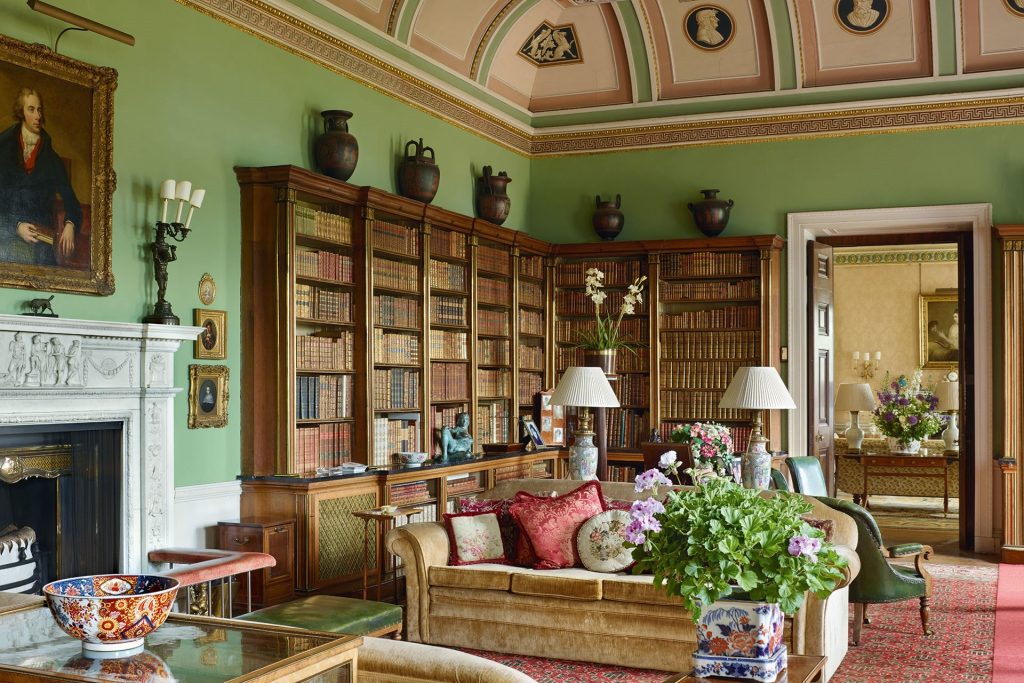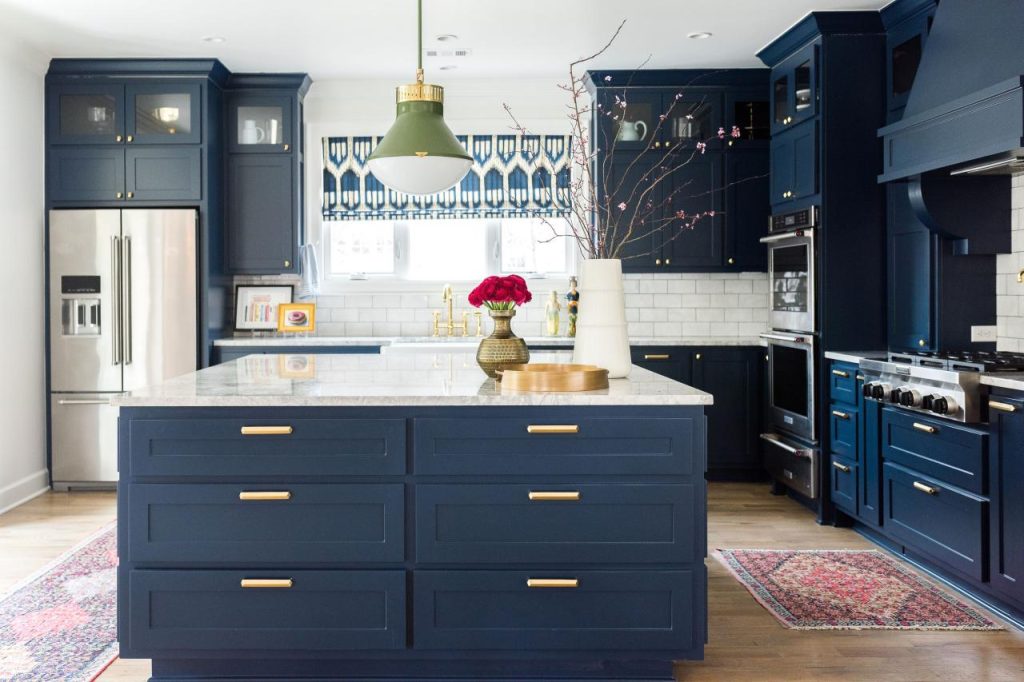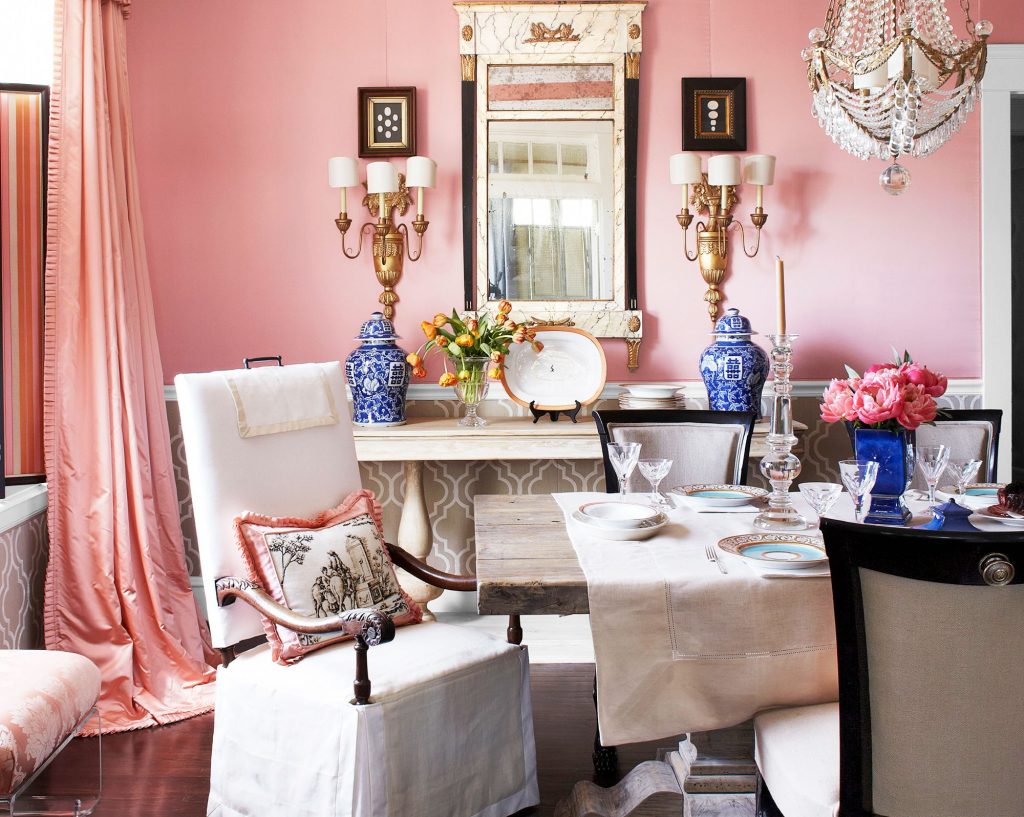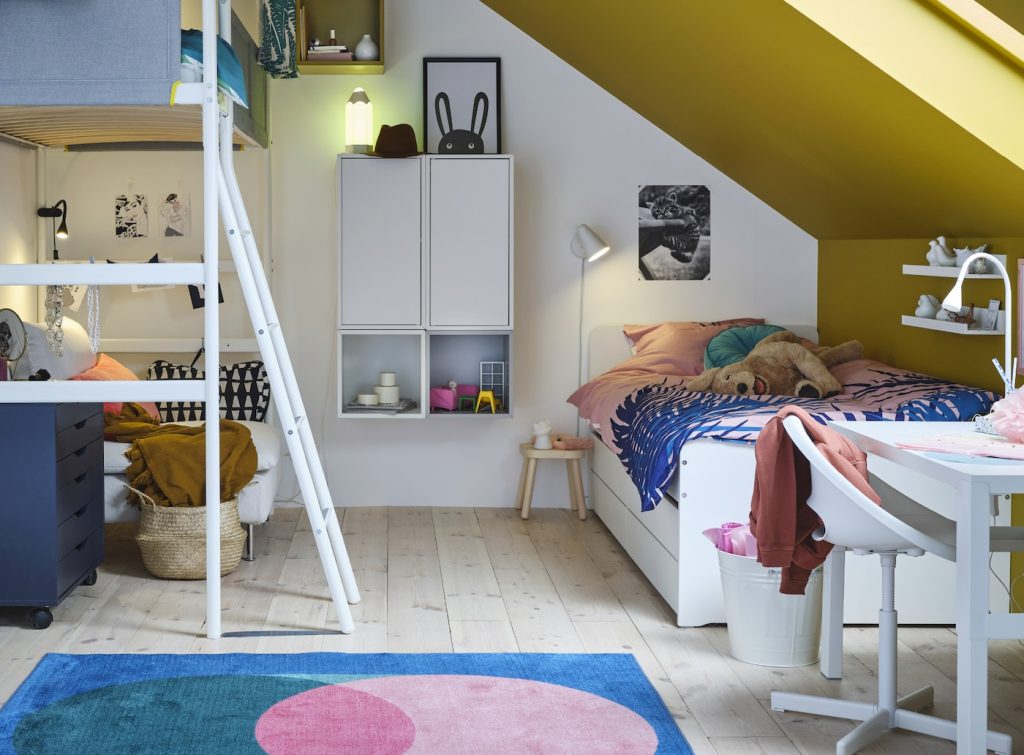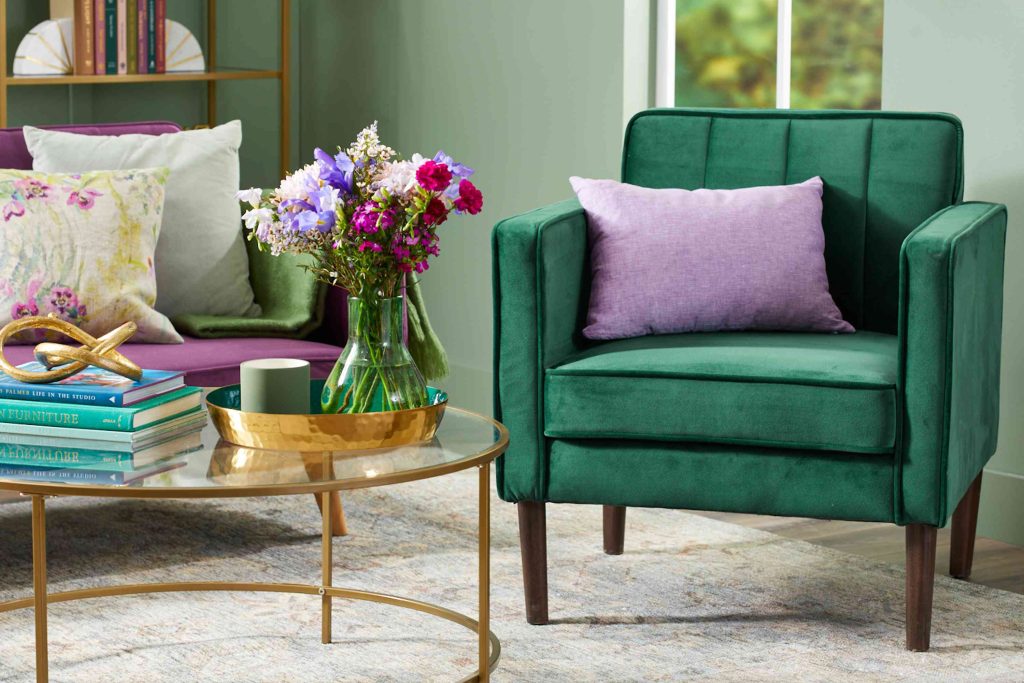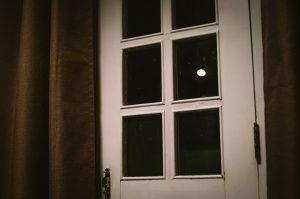Introduction
Entrance design is a crucial aspect of any business or property. It is the first impression that visitors or customers have when they approach a building, and it sets the tone for their entire experience. A well-designed entrance can attract customers, create a memorable experience, and even increase the value of a property. On the other hand, a poorly designed entrance can deter potential customers and leave a negative impression. In this article, we will explore the importance of entrance design and how it can impact a business or property.
The Importance of a Striking Entrance Design
A striking entrance design is important because it has the power to attract customers or visitors. When people approach a building, they are naturally drawn to visually appealing and inviting entrances. A well-designed entrance can catch their attention and make them curious about what lies inside. It creates a sense of anticipation and excitement, which can be a powerful tool for businesses to attract customers.
Moreover, a striking entrance design can also create a memorable experience for visitors. It sets the tone for their entire visit and leaves a lasting impression. When people have a positive experience at an entrance, they are more likely to have positive associations with the business or property as a whole. This can lead to repeat visits, positive word-of-mouth recommendations, and ultimately, increased revenue for businesses.
Elements of an Effective Entrance Design
Several key elements make up an effective entrance design. One of the most important elements is color. The choice of color can greatly impact the mood and atmosphere of an entrance. For example, warm colors like red or orange can create a sense of energy and excitement, while cool colors like blue or green can create a calming and relaxing atmosphere.
Texture is another important element in entrance design. Different textures can add visual interest and depth to an entrance. For example, using materials like wood or stone can create a sense of warmth and authenticity, while smooth surfaces like glass or metal can create a modern and sleek look.
Materials also play a crucial role in entrance design. The choice of materials can greatly impact the overall aesthetic appeal and durability of an entrance. For example, using high-quality materials like marble or granite can create a luxurious and upscale look, while using sustainable materials like bamboo or recycled glass can convey a commitment to environmental responsibility.
How to Create an Entrance that Reflects Your Brand
Incorporating branding elements into an entrance design is essential to create a cohesive and memorable experience. The entrance should reflect the brand’s identity and values, and it should communicate the brand’s message to visitors or customers.
One way to incorporate branding elements is through the use of signage and logos. These elements should be prominently displayed at the entrance to create brand recognition and reinforce the brand’s identity. The signage and logos should be consistent with the overall design aesthetic of the entrance to create a cohesive look.
Another way to reflect the brand is through the choice of materials and colors. For example, if a brand values sustainability, using eco-friendly materials like reclaimed wood or recycled glass can convey that message. Similarly, if a brand wants to convey a sense of luxury, using high-quality materials like marble or brass can help achieve that goal.
The Psychology of Entrance Design: Making a Lasting Impression
Entrance design has a psychological impact on people’s perception of a business or property. It can influence their emotions, attitudes, and behaviors towards the space. Understanding the psychology behind entrance design can help businesses create a more impactful and memorable experience for visitors or customers.
One psychological principle that applies to entrance design is the primacy effect. This principle states that people tend to remember information that they encounter first. In the context of entrance design, this means that the first impression that people have when they approach a building is crucial. If the entrance is visually appealing and inviting, it will create a positive first impression and set the tone for the rest of the visit.
Another psychological principle that applies to entrance design is the halo effect. This principle states that people tend to make judgments about a person or a place based on their initial impression. In the context of entrance design, this means that if the entrance is well-designed and aesthetically pleasing, people are more likely to have positive associations with the business or property as a whole. This can lead to increased trust, loyalty, and positive word-of-mouth recommendations.
Designing an Entrance that Enhances the Customer Experience
An entrance design can greatly enhance the overall customer experience and create a welcoming atmosphere. When people feel welcomed and comfortable at an entrance, they are more likely to have a positive experience and enjoy their visit.
One way to enhance the customer experience is through the use of signage and wayfinding elements. Clear and well-designed signage can help visitors navigate the space and find their way easily. This can reduce frustration and create a more seamless experience.
Another way to enhance the customer experience is through the use of seating areas or waiting areas. Providing comfortable seating areas can create a sense of relaxation and comfort for visitors. It can also encourage them to spend more time at the entrance, which can lead to increased engagement with the business or property.
The Role of Lighting in Entrance Design
Lighting plays a crucial role in entrance design as it can greatly enhance the aesthetic appeal and functionality of the space. The right lighting can create a welcoming atmosphere, highlight key features, and guide visitors through the space.
One important aspect of lighting in entrance design is natural light. Natural light has been shown to have numerous benefits, including improving mood, increasing productivity, and reducing energy consumption. Incorporating large windows or skylights in an entrance design can allow natural light to flood the space, creating a bright and inviting atmosphere.
In addition to natural light, artificial lighting is also important in entrance design. The choice of lighting fixtures and their placement can greatly impact the overall ambiance of the space. For example, using warm and soft lighting can create a cozy and intimate atmosphere, while using bright and cool lighting can create a more energetic and vibrant atmosphere.
Incorporating Technology in Entrance Design
Technology can be integrated into an entrance design to create a modern and interactive experience. It can enhance the overall aesthetic appeal, functionality, and engagement of the space.
One way to incorporate technology is through the use of digital displays or video walls. These displays can be used to showcase dynamic content, such as promotional videos, interactive maps, or social media feeds. This can create a visually engaging experience for visitors and provide them with useful information.
Another way to incorporate technology is through the use of interactive elements. For example, touchscreens or kiosks can be placed at the entrance to provide visitors with self-service options, such as checking in or accessing additional information. This can improve efficiency and convenience for visitors.
Sustainable Entrance Design: Balancing Aesthetics and Environmental Responsibility
Sustainable entrance design is becoming increasingly important as businesses and property owners strive to reduce their environmental impact. Sustainable design aims to balance aesthetics with environmental responsibility by using eco-friendly materials, reducing energy consumption, and promoting sustainable practices.
One way to achieve sustainable entrance design is through the use of eco-friendly materials. For example, using recycled materials like reclaimed wood or recycled glass can reduce the demand for new resources and minimize waste. Similarly, using low VOC (volatile organic compound) paints or finishes can improve indoor air quality and reduce harmful emissions.
Another way to achieve sustainable entrance design is through energy-efficient lighting and HVAC systems. Using LED lighting fixtures can significantly reduce energy consumption compared to traditional incandescent bulbs. Additionally, implementing smart HVAC systems that optimize energy usage based on occupancy or temperature can further reduce energy consumption.
The Impact of Entrance Design on Property Value
A well-designed entrance can increase the value of a property and attract potential buyers or tenants. When people approach a building with a visually appealing and inviting entrance, they are more likely to have a positive perception of the property as a whole. This can make the property more desirable and increase its market value.
Moreover, a well-designed entrance can also contribute to the overall curb appeal of a property. Curb appeal refers to the attractiveness of a property when viewed from the street. A property with a well-designed entrance is more likely to stand out from its competitors and attract potential buyers or tenants.
Working with a Professional Entrance Designer: Tips and Best Practices
Working with a professional entrance designer is essential to ensure a successful project. Here are some tips and best practices for working with a professional entrance designer:
1. Clearly communicate your goals and vision for the entrance design. Provide the designer with as much information as possible about your brand, target audience, and desired aesthetic.
2. Collaborate closely with the designer throughout the design process. Provide feedback and ask questions to ensure that the design aligns with your expectations.
3. Set a realistic budget for the project and communicate it to the designer. This will help them make informed decisions about materials, finishes, and other design elements.
4. Consider the long-term maintenance and durability of the design elements. Choose materials that are easy to clean and maintain, and that will withstand wear and tear over time.
5. Regularly communicate with the designer during the construction phase to ensure that the design is being implemented correctly.
Conclusion
Entrance design is a crucial aspect of any business or property. It has the power to attract customers, create a memorable experience, and increase the value of a property. By incorporating key elements such as color, texture, and materials, businesses can create striking entrances that reflect their brand identity and create a lasting impression. Additionally, by considering the psychological impact of entrance design, businesses can enhance the overall customer experience and create a welcoming atmosphere. By incorporating lighting, technology, and sustainable practices, businesses can further enhance the aesthetic appeal and functionality of their entrances. Working with a professional entrance designer can ensure a successful project and help businesses achieve their goals. In conclusion, entrance design is an essential aspect of creating a memorable and impactful experience for visitors or customers.
If you’re looking to create a stunning entrance design, you may also be interested in the latest lighting design trends for 2023. Check out this article on Interior Design Style that explores the innovative ways lighting can enhance your space: Lighting Design Trends 2023. From statement fixtures to ambient lighting techniques, this article will provide you with inspiration and ideas to make your entrance truly shine.

